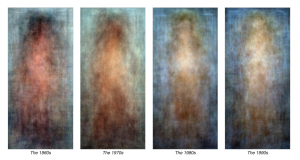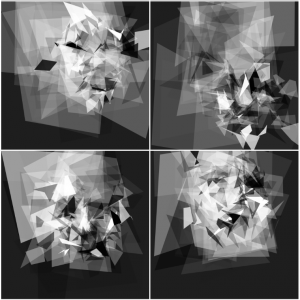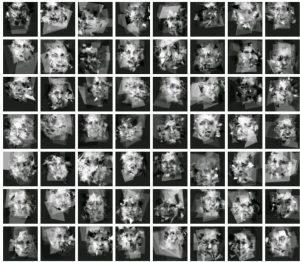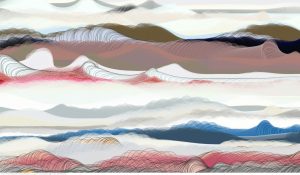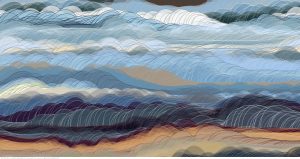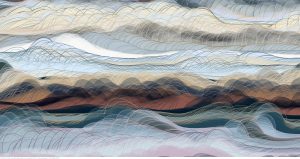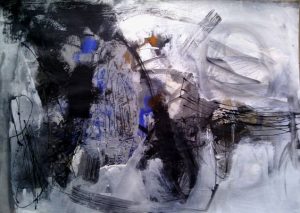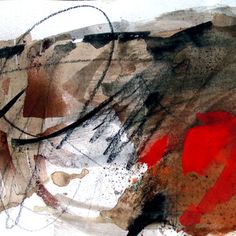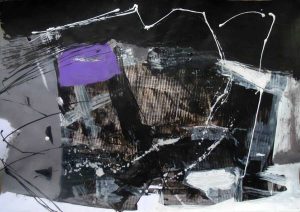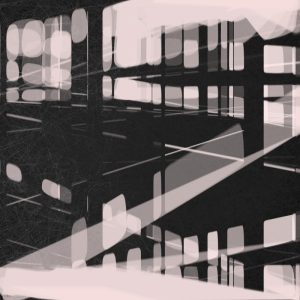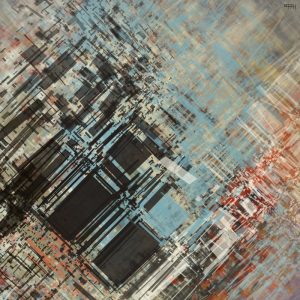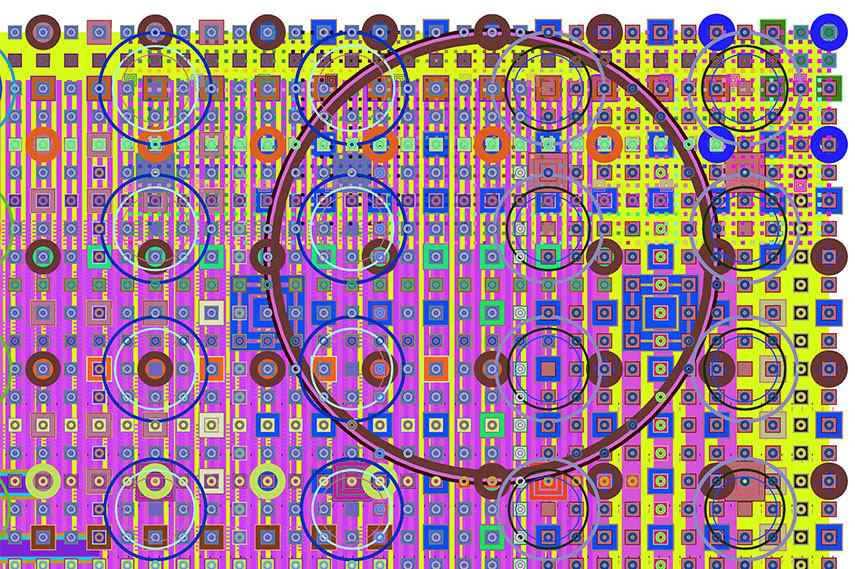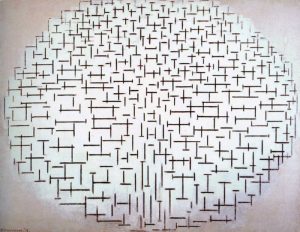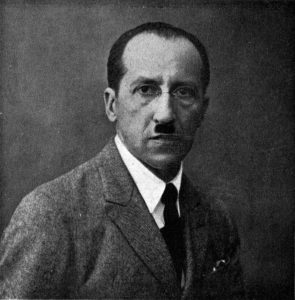Randomness
Title: Symmetrical
Artist: David Kim
This video was created by a friend who is currently majoring in motion graphics at OTIS College of Art and Design in California. Although the artist himself did not program or randomize the project, through specific parameters and plugins, he created fairly complex “random” sequences that made shapes and lines fly around.
Although I do not know if this video was created through random variables or algorithms, I do understand that it was created with definite random factors such as the directions of the motions of the shapes.
I find it interesting how such complex and random motions could be created through parameters, rather than actual handmade shapes. Controlled randomness, albeit very different from actual randomness, can be applied so easily to artworks such as this to form creations based on the artists’ creativity.
![[OLD FALL 2017] 15-104 • Introduction to Computing for Creative Practice](../../../../wp-content/uploads/2020/08/stop-banner.png)
